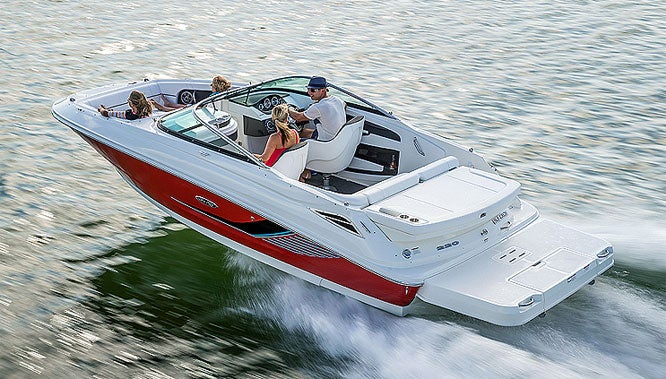
It’s so easy to forget that boats are vehicles. Where you have to keep the car on a definite roadway and stick to posted speeds, the boat can wander anywhere you please, and as quickly or as slowly as you like.
Or can it?
While open lakes are one thing, when you’re operating in more congested areas there are certain rules of the road drivers need to observe. It’s all about safety and common sense. Take speed limits, for instance.
Speed Limits
Probably few boaters realize there are definite speed limits on the water. In many jurisdictions boats operating within 100 feet of shorelines, docks, piers, rafts, floats or other vessels are restricted to a speed limit of somewhere between 5 and 10 mph. Other areas, such as around marinas or on confined stretches of water like river bends or a narrows on a lake, may have posted limits just like a roadway. Ignoring the limit is an invitation to a hefty fine.
Right-of-Way
Apart from speed limits, there are other rules of the road boaters should know, such as right-of-way. As when driving a car, any time two boats meet at a fork or “intersection,” such as when coming out of a marina, the right-of-way always goes to the vessel that arrived first. If two boats meet at the same time, right-of-way goes to the vessel approaching from the right.
It’s also important to remember that boats must yield right-of-way to larger vessels with limited maneuverability. A small runabout must always give right-of-way to a barge, for example, or a large commercial ship. Boats under power must yield to anchored boats, and powerboats normally yield to less-maneuverable sailboats when they are under sail.
Where the Buoys Are
Other rules of the road apply to following navigational marker buoys. These channel markers normally outline the edge of a safe channel, free of snags or deadheads to bump in to, or define lines of passage through constricted areas – red markers to one side, and green to the other.
When navigating through channels, remember the three Rs – Red on Right Returning. Keep the red buoys on your right when you return to the dock.
When you’re motoring in a river, heading upstream is considered the same as heading back to the harbor, so you keep the reds on your right when you’re driving upstream. Rivers flow down to the sea, so it you’re heading upcurrent, you’re seen as returning to port.
You approach oncoming traffic just like you would in a car, by keeping to your right (starboard), and passing port-to-port.
Apart from red or green navigation buoys, you might also notice odd-looking red-and-green markers as well. Rather than directing traffic, these buoys warn of underwater shoals or humps, so keep a safe distance at all times.
Common Sense
Other rules of the road are just common sense. For example, power boats must keep clear of rowboats, canoes and sailboats, for obvious safety reasons.
Fishermen must never tie up to markers. By doing so they may accidentally block it from view and put another boat in danger.
Never waterski without a spotter in the tow boat. The law states you must have an on-board spotter and seating for the skier, for obvious safety reasons.
Similarly, don’t waterski after dark. It sounds too obvious, but every summer somebody goes to the hospital because they skied into a dock or a piece of debris they didn’t see in the darkness.
And perhaps the most important rule of the road – drinking and driving just don’t mix. Drink water on the water, and beer on the pier.
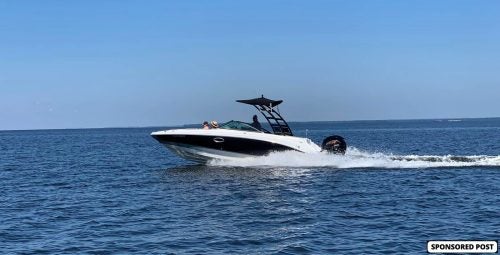

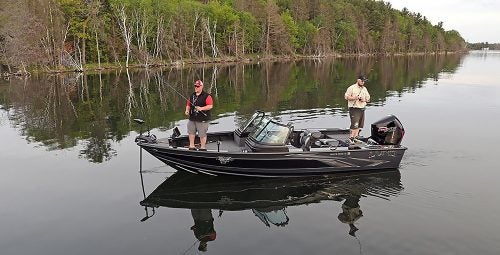


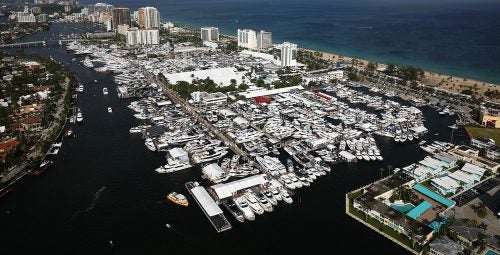 Fort Lauderdale International Boat Show Preview
Fort Lauderdale International Boat Show Preview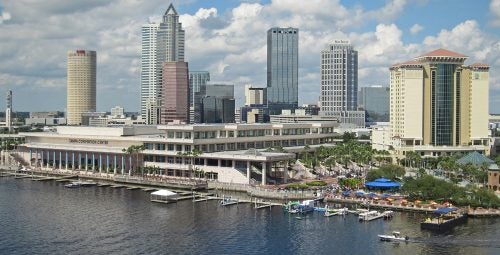 10 Best New Boat Accessories at IBEX 2021
10 Best New Boat Accessories at IBEX 2021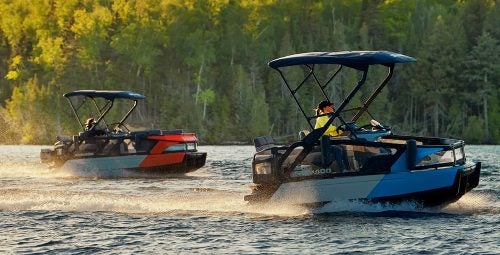 2022 Sea-Doo Switch Pontoon Boat Lineup Unveiled
2022 Sea-Doo Switch Pontoon Boat Lineup Unveiled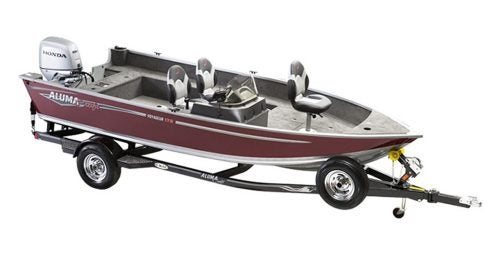 BRP Enters Fishing Boat Market with Purchase of Alumacraft Boat
BRP Enters Fishing Boat Market with Purchase of Alumacraft Boat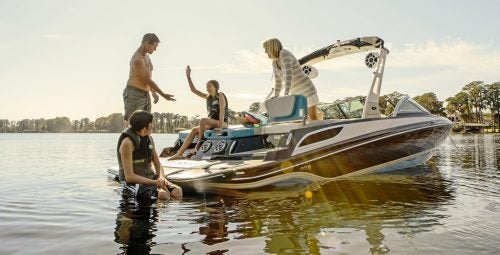 Volvo Commits To Electric Power By 2021
Volvo Commits To Electric Power By 2021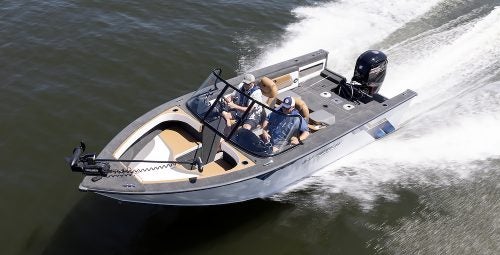 Starweld Victory 20 Review
Starweld Victory 20 Review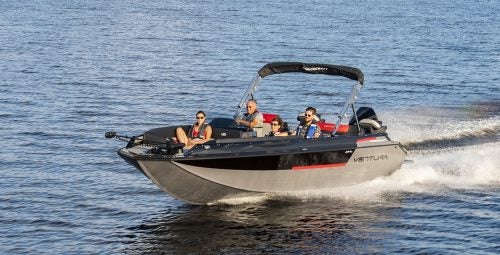 Princecraft Ventura 23 RL Review
Princecraft Ventura 23 RL Review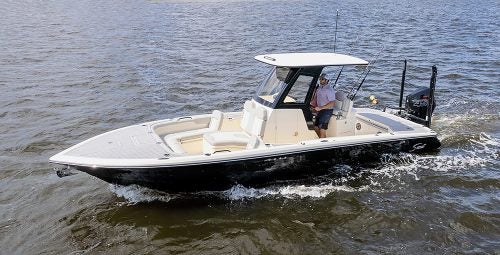 Scout 281 XSS Review
Scout 281 XSS Review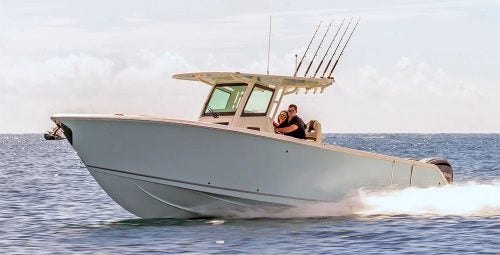 Sailfish 312CC Review
Sailfish 312CC Review Fuel Saving Tips For Boaters
Fuel Saving Tips For Boaters Best Boating Accessories
Best Boating Accessories Best Boating Apps
Best Boating Apps 5 Pontoon Boats That Are Made To Fish
5 Pontoon Boats That Are Made To Fish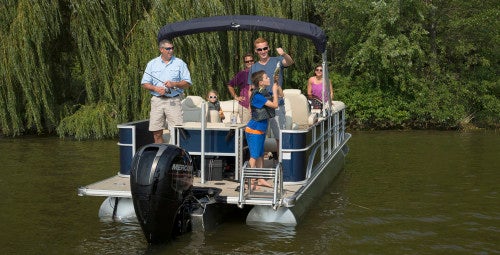 10 Great Small Pontoons
10 Great Small Pontoons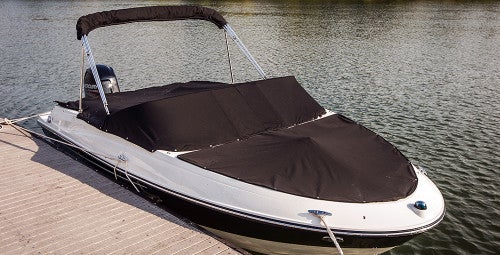 Your Boat Was Expensive—Do You Really Trust a $2 Rope From the Dollar Store to Secure It?
Your Boat Was Expensive—Do You Really Trust a $2 Rope From the Dollar Store to Secure It?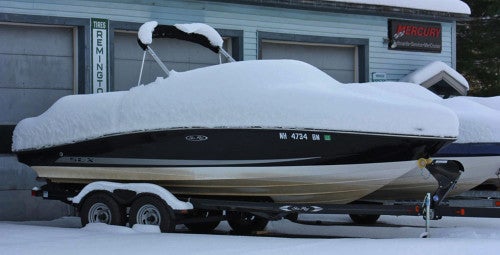 Do I Need Insurance Coverage Against Ice or Freezing Damage?
Do I Need Insurance Coverage Against Ice or Freezing Damage?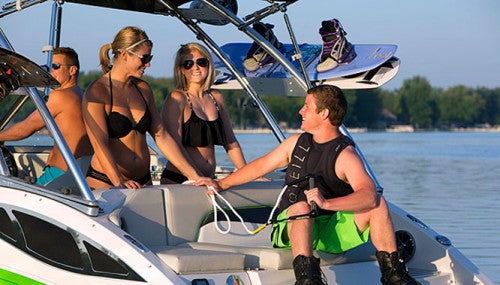 What Kind Of Insurance Coverage Do I Need?
What Kind Of Insurance Coverage Do I Need?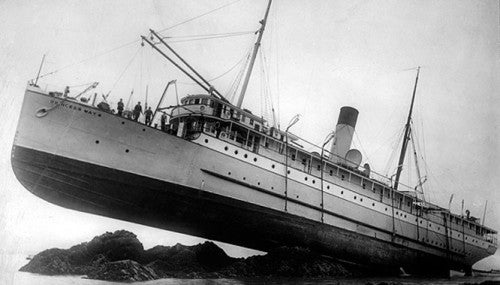 What About Salvage?
What About Salvage?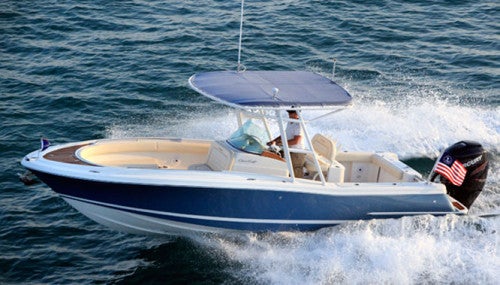 Boat Insurance or Yacht Insurance?
Boat Insurance or Yacht Insurance?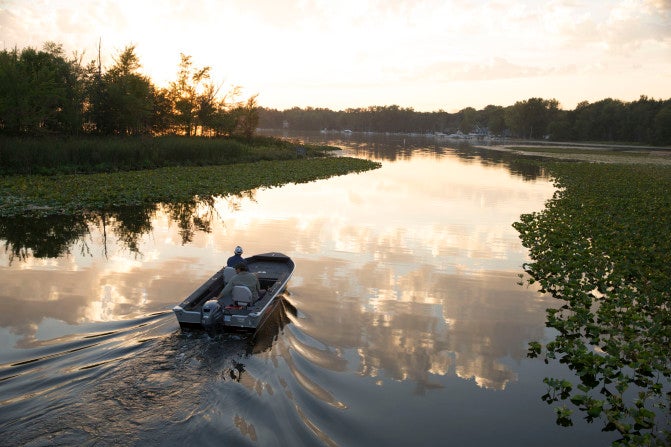
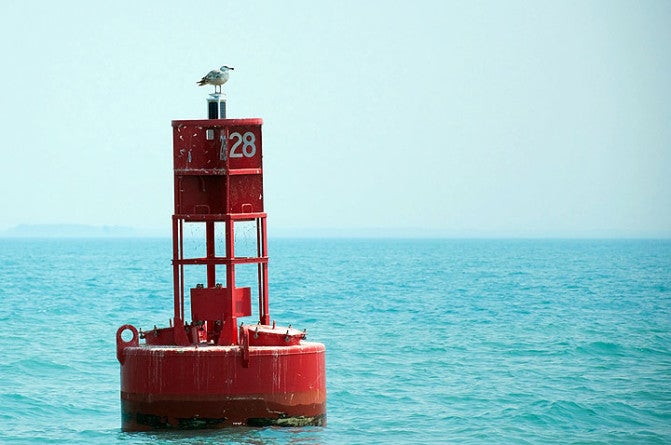

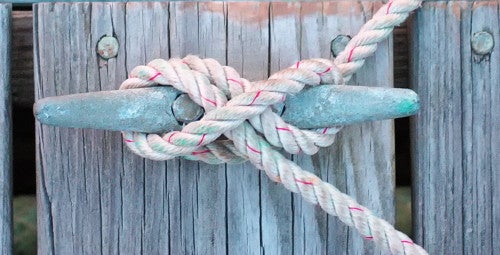
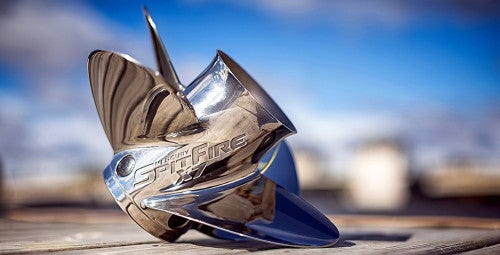
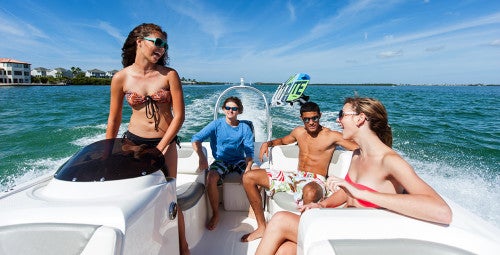
 The Best Bowriders For The Money
The Best Bowriders For The Money
 The Wildest Concept Yachts
The Wildest Concept Yachts
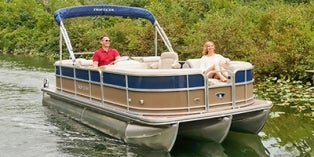 2016 Trifecta 200 Series 220FCR
2016 Trifecta 200 Series 220FCR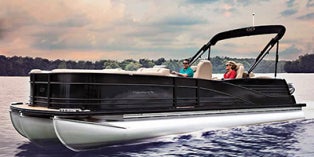 2016 Harris Grand Mariner SL 270 DL
2016 Harris Grand Mariner SL 270 DL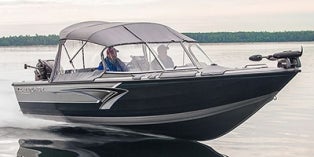 2016 Crestliner Authority 2050
2016 Crestliner Authority 2050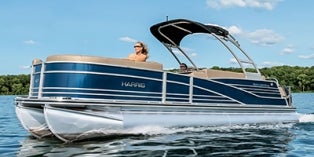 2016 Harris Grand Mariner SL 230 DLDH
2016 Harris Grand Mariner SL 230 DLDH
